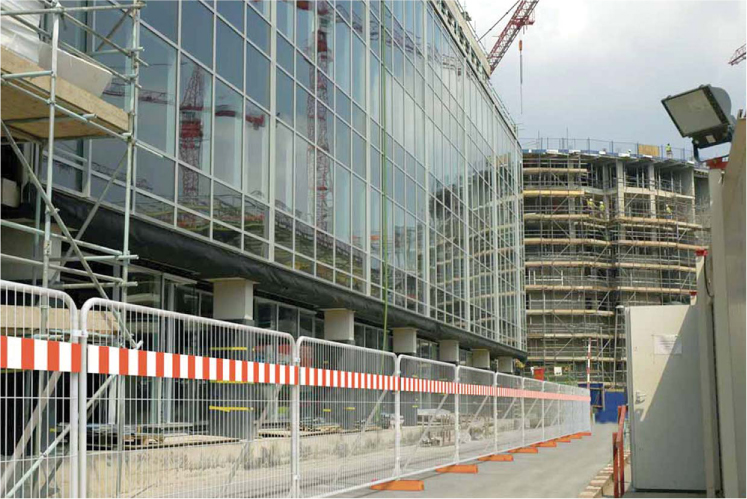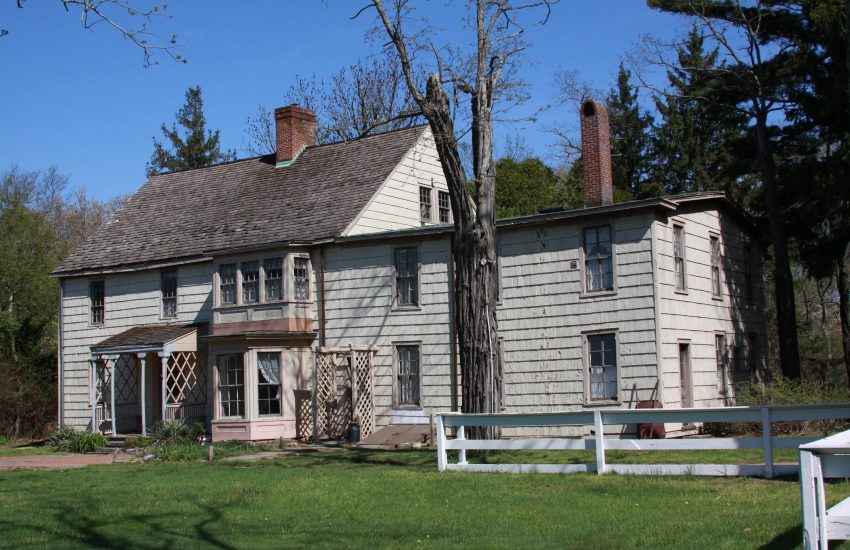Protecting The Public Through Architecture
Being an architect isn’t just about designing fancy houses that you’ve always dreamed about. There are always restrictions and constraints, as with any occupation, but with architecture an aspect of the role that is often overlooked is that for the design and planning of public buildings and projects located on public land, there is a responsibility to protect the public. Your problem solving brain works overtime as an architect on any project you are working on, but when it comes to the design of public buildings and understanding the many uses of it and how it will affect members of the public, this side of our brain works even harder to make sense of it all.
Within a public environment, an architects priority isn’t just to design something beautiful and useful, it is to protect the public in terms of health and safety, wellbeing and their welfare, within the boundaries of the structure being designed.
This safeguarding of public welfare and health and safety can only come to fruition if it follows a set pattern; a strict set of guidelines and a framework of standards for architects to work within. There is, of course, legislation relating to planning procedures from both a Government and local government level in terms of what is and isn’t allowed as part of a design for a building to be used within a public space, or for a public building itself. Standards can be driven by individual architect firms and individual architects themselves as well.

For instance, in order to become an architect in the first place there is the requirement for many years of study, both theoretical study and the complement of practical work, to complete to gain your qualifications. Within these years many industry standards and legal precedents are set out to follow. There are very different rules for the design of refurbishment of public and listed buildings in a busy city centre, for instance, than there is for a private residential dwelling in a quiet suburb of a town.
On the next level up there are planning permissions to live by at a local level. So for any new development being designed and built, plans have to be put forward to the local council fulfilling a certain set of strict criteria that can differ from one council to the next. These guidelines include consultation processes where any objections to designs of public buildings, can be challenged by local residents, local councillors or commercial property owners in the direct vicinity of the planned location to be built on.
Once a plan has been approved and a project begins, there are also many architectural and design codes to fulfil, ensuring that all aspects of a build are safe for public use. This can take painstaking time to ensure everything is above board and in line with legislation, but it is a duty that architects have to take very seriously in order to protect the public from potential mishaps and injury should there be problems with the build through design
Micheal Morris















